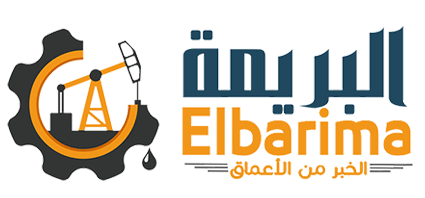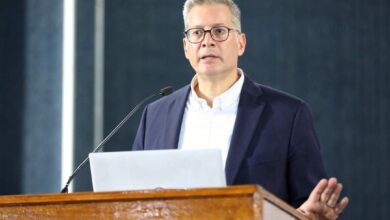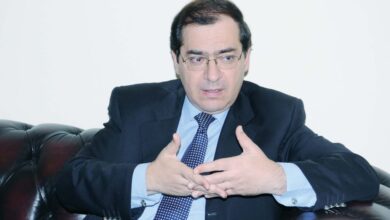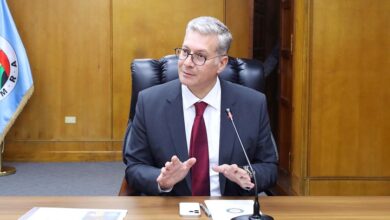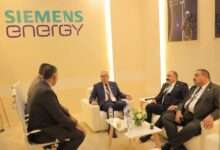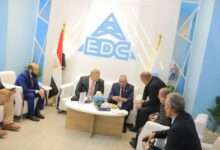Nasr Yassin Reveals Technical Solutions to Overcome Drilling and Sand Challenges in Egypt’s Delta
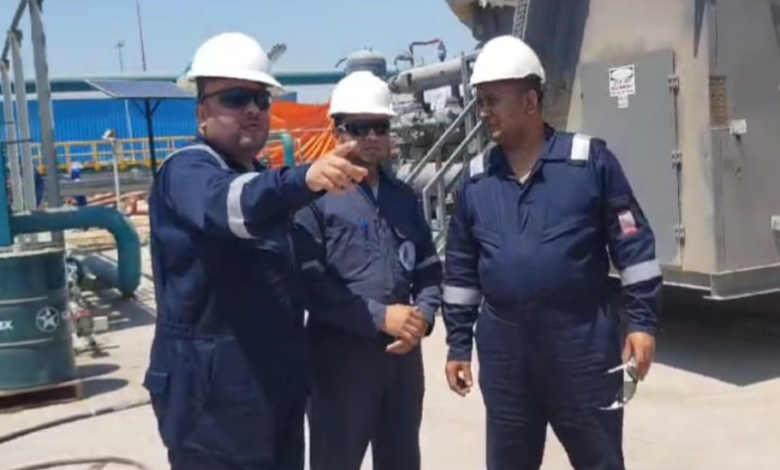
In a report published in (Egypt Oil & Gas) magazine, Eng. Nasr Yassin from PetroGulf Egypt discussed the challenges and considerations associated with gas wells in the Delta region of Egypt
Drilling and Sand Challenges in Egypt’s Delta
He pointed out that the geological formations and reservoir drive mechanisms compel companies to make precise decisions from the first day of drilling
He added that this requires the optimal selection of casing pipes and screens for well completion, along with specially designed surface separation packages to control produced sand and protect surface facilities from corrosion, a common issue in this environment
Yassin emphasized the necessity of linking new wells to neighboring ones in the formations to accurately estimate reserves and determine whether a well is economically viable
This comes after a thorough study of the minimum case concepts, taking into account drilling, completion, and operational costs that arise once the well enters the production phase
As a practical example, Yassin mentioned the drilling of a new well in the company, where initial indicators showed promising results, with reserve estimates nearing 219 billion cubic feet. However, after starting the drilling process, the team encountered unexpected challenges, such as a decline in penetration rate and rapid wear of three drill bits due to the hard rock formations in the area, known as black rock and anhydrite formations with bright spots resembling hydrocarbon indicators
These challenges prompted the team to conduct detailed studies of the area and deepen the correlations between seismic data and drilling results to confirm the accuracy of the estimates
Yassin further explained that strategic steps were taken, including completing the well using suitable casing pipes, protective screens, and gravel packing. Despite losing about 350 psi of differential pressure due to the gravel, the team achieved effective protection against corrosion in the pipes and surface installations
Economically, a dual-phase “V-Cone” device was installed to confirm productivity instead of renting an expensive testing package, striking a balance between cost and efficiency.
Yassin also noted that the Abu Madi and Kafr El Sheikh formations are known for their fine, unconsolidated sandy composition, leading to significant amounts of produced sand, especially with the produced water. This caused two main issues: sand accumulation at the bottom of the wells and sand clogging in the pipelines, which required periodic cleaning with special equipment
He explained that the team relied on a detailed study of the geological nature of the area and used advanced materials, such as pipes containing 13% chromium, to reduce corrosion. They also applied appropriate correlations for matching the geological layers to discover economic reserves and maximize investment opportunities in Egypt’s Delta
Yassin concluded by stressing the importance of carefully studying these factors to ensure the operations are on the right track
He also pointed to the challenge related to compensating farmers in the area, emphasizing the need to organize awareness sessions for them about the importance of the gas industry as a vital source of national income. He highlighted the necessity of supporting this industry to create new job opportunities, especially for the youth
